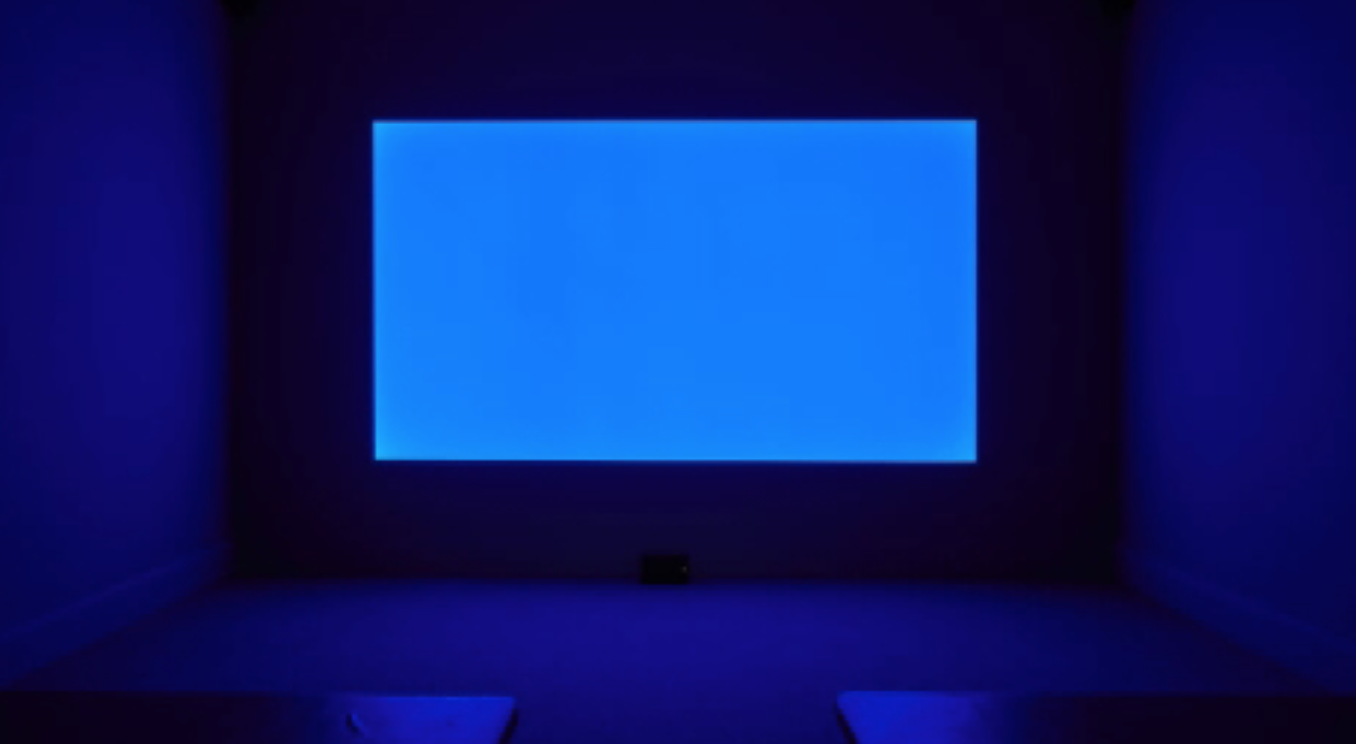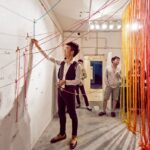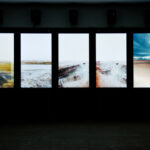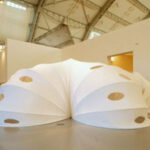Day 1 – Sensory Approaches in Art

“The auditory comes to replace the visual; with Blue, there is a sensory tussle as we are forced to listen.” (Ashton, Jenna Carine. “Derek Jarman’s Blue: Negating the Visual.” Journal of applied arts & health 3.3 (2013): 295–307. Web.)
I agree with this statement. Knowing in advance that the movie would only show blue scenes, I did not anticipate seeing any pictures while I was viewing, and I quickly got used to the sense of being blind. If it had been displayed in a gallery and I had been unaware of it, I believe I would have experienced a tremendous sense of being compelled to listen with my ears. Without receiving visual information, my hearing would be incredibly sensitive, capturing every sound I heard, such as “mechanical metallic sounds; a mournful trumpet; a crying oboe; the arpeggios of a harp; screeching cars; a coffee maker; whispers and aggressive, angry taunts.” Because of the amount of information these sounds provided, I could imagine various visual details in my mind. I was so absorbed in my imagination for a while that I almost forgot that the screen was just blue.

Relating to González-Torres’ Untitled (A portrait of Ross in L.A.), both of which are associated with the symbol of death. Blue uses a blue screen to evoke the terror of being blinded by death, while Untitled uses candy weight and quantity to demonstrate how ” the diminishment recalls how he wasted away before dying.” (Lauren Weinberg of Time Out Chicago). Both artworks provide an immersive experience by allowing the observer to interact with them rather than just observe them from a distance. Untitled lets the spectator consume the candy to give them a clear understanding of how a healthy person gradually loses weight over time; Blue forcibly disables our primary source of information with endless blue squares and also conveys the fear and helplessness of blind people.




